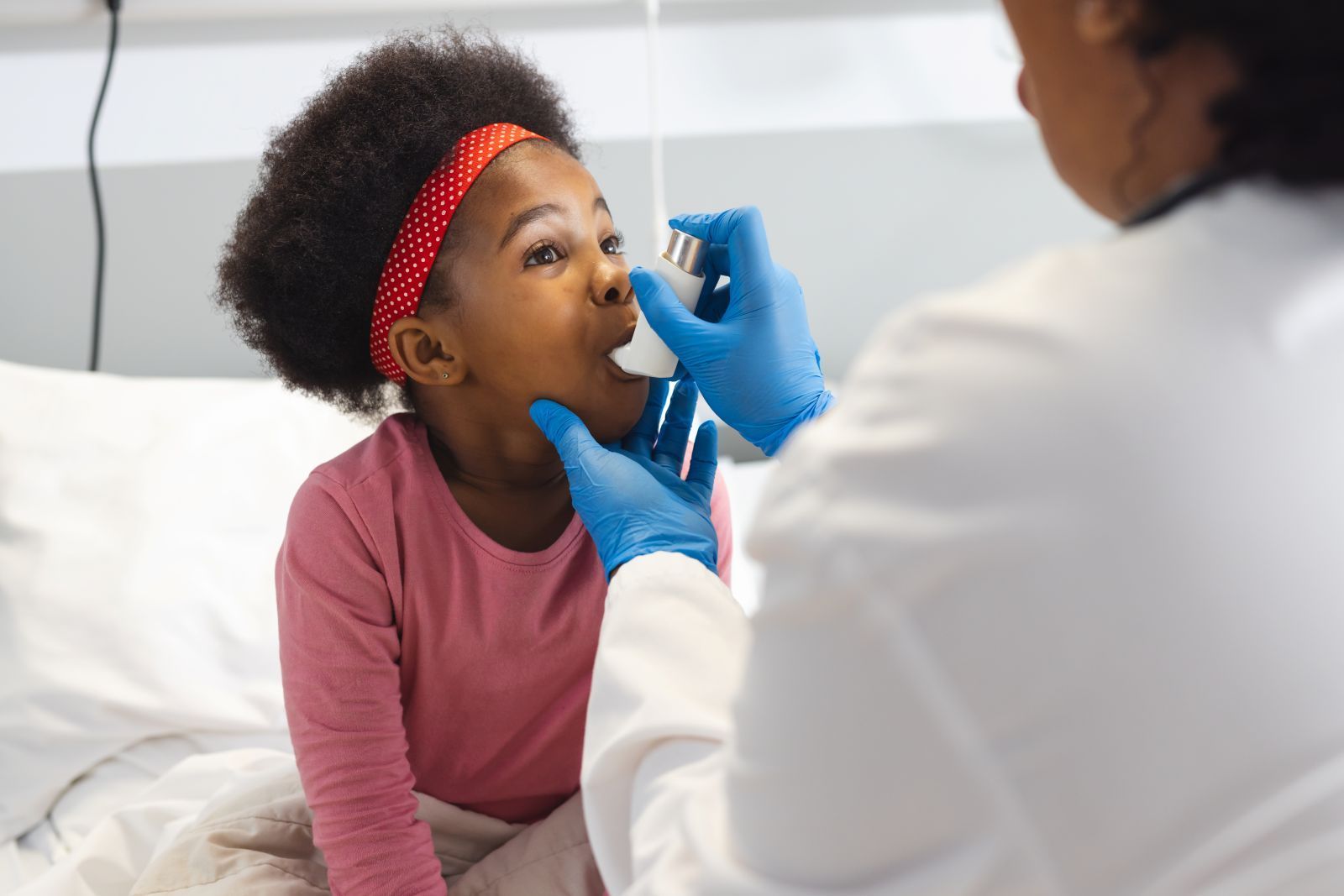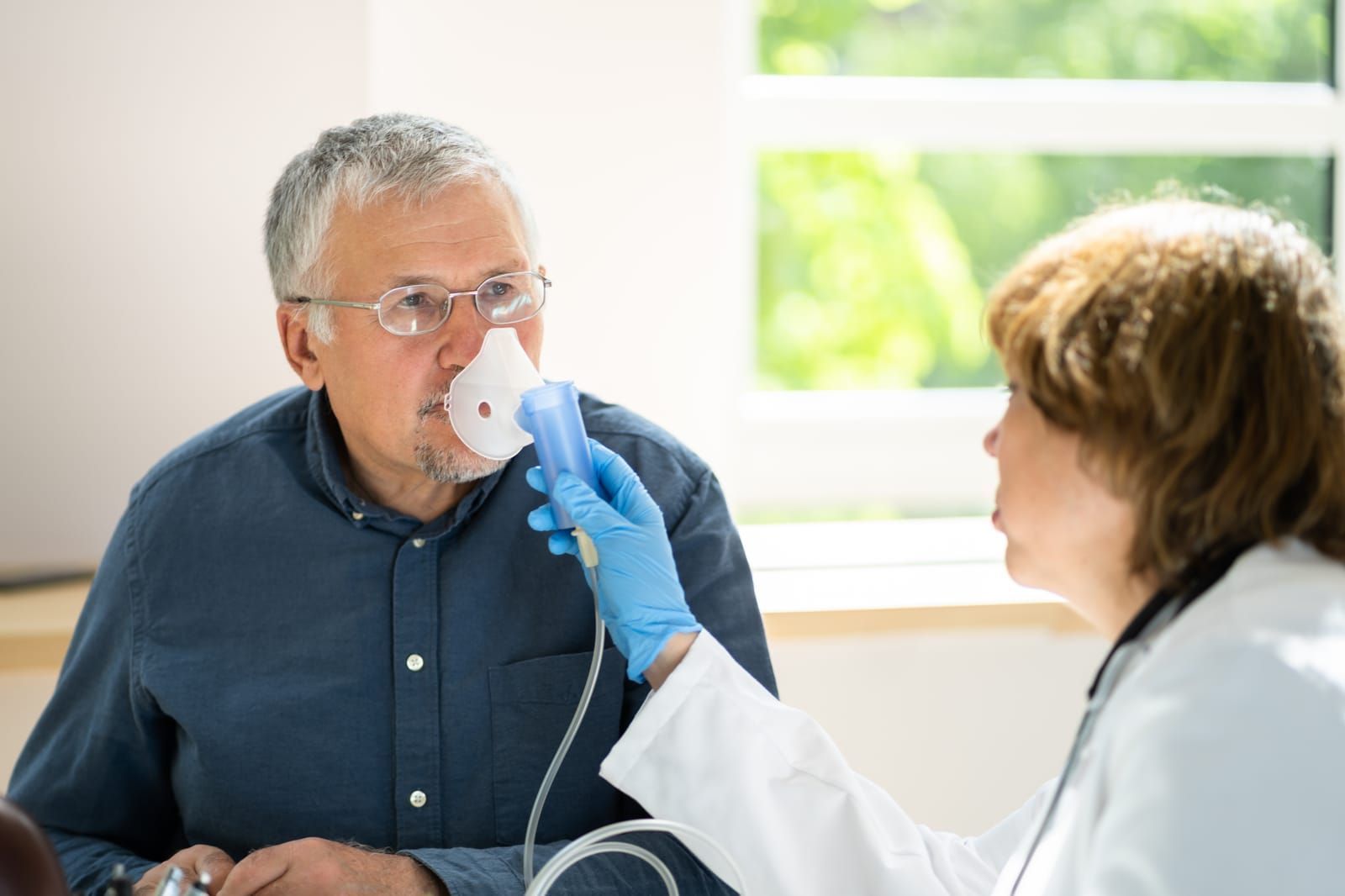A Review of the Postoperative Polyp Scale (POPS): A New Standard in Sinonasal Polyp Grading
Sinonasal polyps are a common condition affecting millions of people worldwide, and it can be difficult to assess their severity and progression objectively. The commonly used endoscopic grading scales, such as the nasal polyp scale, do not comprehensively describe the extent of polyposis observed after surgery in the paranasal sinus cavities.
That is where a new grading scale, Postoperative Polyp Scale (POPS), will be beneficial. Researched and developed by a team of otolaryngologists, it offers a more precise and standardized way to evaluate the severity of sinonasal polyps. The POPS comprehensively assesses sinonasal polyps in a postoperative setting and is expected to become the new standard in sinonasal polyp grading, improving patient outcomes and the overall quality of care in otolaryngology.
Here is a closer look at the Postoperative Polyp Scale, its development, and its features.
Developing Postoperative Polyp Scale (POPS)
The research was conducted using the Delphi method, which involves gathering expert opinions in a systematic and structured manner, facilitating the development of consensus-based recommendations, and promoting more informed decision-making. For this research, there were 13 general otolaryngologists, rhinologists, and allergists.
A total of 50 patients with chronic rhinosinusitis and nasal polyps who underwent postoperative endoscopy were evaluated by seven fellowship-trained rhinologists and scored using the POPS. After a month, the same reviewers re-evaluated the scores to determine the reliability of the ratings, both in terms of consistency over time (test-retest reliability) and among different reviewers (inter-rater reliability).
The reliability of the results was almost perfect, proving the grading scale to be effective.
Features of the Postoperative Polyp Scale
Some of the top features of the POPS include the following:
Improved Accuracy
The POPS is specifically designed to evaluate polyp severity in the postoperative setting. Other grading systems may not accurately capture the extent of polyps found in the paranasal sinus cavities. The POPS provides a more accurate assessment of polyp severity by accounting for factors such as polyp size, location, and extent of inflammation.
Increased Consistency
The new grading scale provides a standardized grading system, allowing consistent evaluation and treatment of sinonasal polyps across different healthcare providers. This can help reduce variation in diagnoses and treatment decisions, improving patient outcomes.
Better Treatment Decisions
By providing a more accurate assessment of polyp severity, the scale can help guide treatment decisions, such as determining the appropriate medical therapy or surgical intervention.
Improved Communication
Using a standardized grading system like the POPS can help improve communication between healthcare providers and patients. Patients can better understand their condition's severity, the available treatment options, and the expected outcomes.
Overall, the Postoperative Polyp Scale offers a valuable tool for evaluating and treating sinonasal polyps that accurately describes polyp recurrence after surgery. It is an easy-to-use tool that can be useful in measuring the effectiveness of different medical and surgical interventions in the future.
Learn more about POPS and its features from the Snot Force Team, who have contributed significantly to this research. You can also join this talented team of medical practitioners to discuss and learn about the latest in the field of otolaryngology. Why wait? Join the force today!












